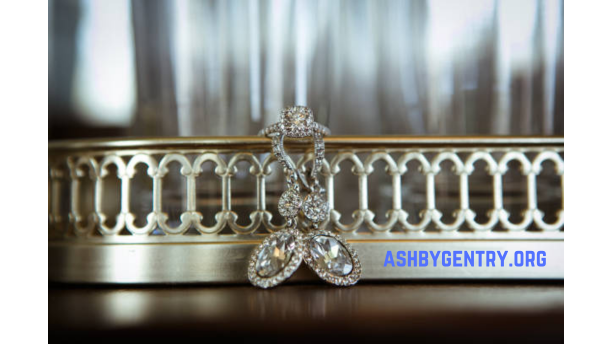Introduction to Apadravya
Apadravya is a fascinating and unique form of body modification, specifically a male genital piercing. Recognized for its cultural significance and personal appeal, apadravya has garnered attention from enthusiasts around the world. Whether chosen for aesthetic reasons, cultural symbolism, or enhanced sensations, this piercing continues to intrigue and inspire.
This guide provides an in-depth exploration of apadravya, covering its history, significance, process, benefits, and important considerations.
Understanding Apadravya
What is Apadravya?
It is a vertical piercing that passes through the glans of the penis, usually extending from the top to the bottom. This piercing is often chosen for its aesthetic appeal and potential to enhance intimacy.
Historical and Cultural Significance
It piercing has roots in ancient cultures, where it symbolized strength, virility, and devotion. Historical texts, including the Kama Sutra, mention it as a practice believed to enhance pleasure and intimacy.
The Process of Getting an Apadravya Piercing
Preparing for the Piercing
Before deciding on an apadravya piercing, research and preparation are crucial. This includes understanding the procedure, selecting a reputable piercer, and ensuring that you are physically and mentally ready.
The Piercing Procedure
It procedure is typically performed in a sterile environment by a professional piercer. The process begins with cleaning and marking the area, followed by using a sterilized needle to create the piercing. A barbell or similar jewelry is then inserted to complete the procedure.
Aftercare Instructions
Proper aftercare is vital to ensure healing and avoid complications. This includes cleaning the piercing regularly with saline solution, avoiding irritation, and following the piercer’s guidelines. Healing time can vary but generally ranges from 4 to 6 months.
Benefits of Apadravya
Enhanced Sensations
One of the primary reasons individuals opt for an apadravya is the potential for enhanced sensations. The placement of the piercing can heighten sensitivity and add a new dimension to intimate experiences.
Aesthetic Appeal
For many, It is an expression of individuality and confidence. The piercing adds a unique and personalized aesthetic that sets the individual apart.
Cultural and Personal Significance
It can serve as a symbol of cultural pride, personal commitment, or simply a bold expression of style. Its significance often varies based on personal and cultural contexts.
Risks and Challenges
Potential Risks
As with any body modification, there are risks associated with apadravya piercings. These include infection, swelling, and prolonged healing times. Choosing an experienced piercer and following aftercare instructions can minimize these risks.
Pain and Healing Time
It is considered one of the more painful piercings due to its sensitive location. Additionally, the healing process requires patience and careful attention to hygiene.
Compatibility with Daily Activities
During the healing period, activities such as cycling or other physical movements may need to be adjusted to avoid discomfort or complications.
Choosing the Right Jewelry
Types of Jewelry for Apadravya
Barbells are the most common choice for apadravya piercings, available in various materials like titanium, surgical steel, or gold. Each material offers different benefits, such as hypoallergenic properties or aesthetic appeal.
Size and Fit
Choosing the correct size and fit is essential for comfort and proper healing. A professional piercer can recommend the appropriate dimensions based on individual anatomy.
Long-Term Considerations
Over time, individuals may choose to experiment with different jewelry styles. However, it is crucial to ensure that all replacements are sterilized and compatible with the piercing.
Tips for Maintaining Apadravya
Consistent Cleaning
Regular cleaning with a saline solution or a recommended cleanser is key to avoiding infections and promoting healing.
Avoiding Irritation
Wearing loose clothing and avoiding activities that put pressure on the area can prevent irritation during the healing phase.
Monitoring for Complications
Be vigilant for signs of infection, such as redness, swelling, or discharge. Consult a professional immediately if any issues arise.
Exploring Apadravya in Modern Culture
Growing Popularity
In recent years It has seen a surge in popularity, particularly among individuals exploring body modifications as a form of self-expression.
Representation in Media
It is occasionally featured in pop culture and media, reflecting its growing acceptance and intrigue.
Conclusion
The apadravya piercing is a bold and meaningful choice for those seeking to explore body modification. With its deep historical roots, unique aesthetic, and potential for enhanced sensations, it offers a blend of tradition and modern appeal.
By understanding the procedure, benefits, and responsibilities associated with apadravya, individuals can make an informed decision and fully embrace the experience. Whether motivated by cultural significance, personal expression, or aesthetic preferences, It remains a symbol of individuality and confidence.
FAQs
What is an apadravya piercing?
An apadravya is a vertical genital piercing that passes through the glans of the penis, often chosen for aesthetic appeal and enhanced sensations.
How long does it take for an apadravya to heal?
The healing time for an apadravya piercing typically ranges from 4 to 6 months, depending on individual aftercare and anatomy.
Is getting an apadravya painful?
It is considered one of the more painful piercings due to its sensitive location. However, pain levels vary from person to person.
What type of jewelry is best for an apadravya piercing?
Barbells made from titanium, surgical steel, or gold are commonly used for apadravya piercings due to their safety and comfort.
Can complications arise with an apadravya piercing?
While complications like infection or swelling can occur, following proper aftercare and choosing a professional piercer minimizes these risks.

